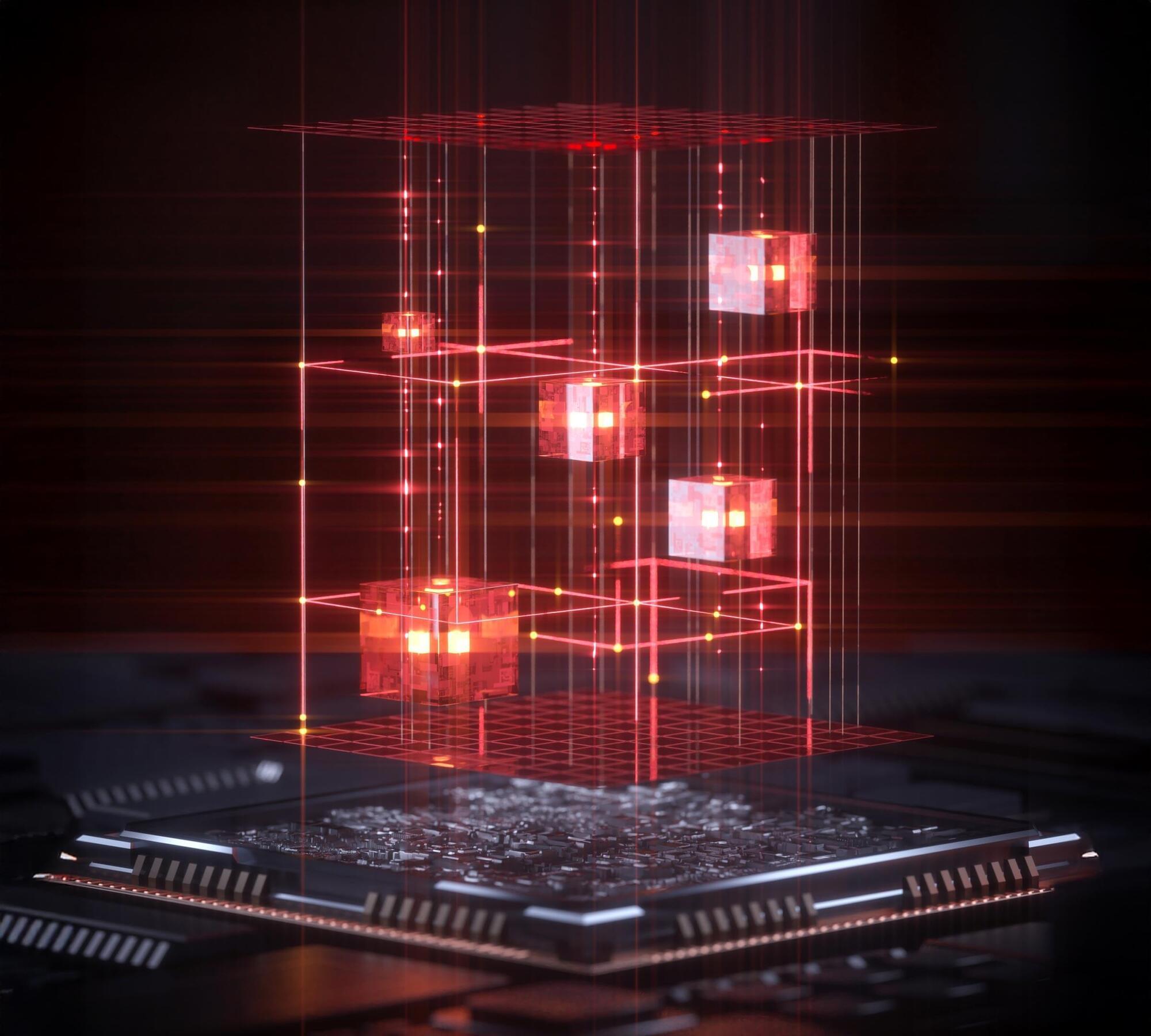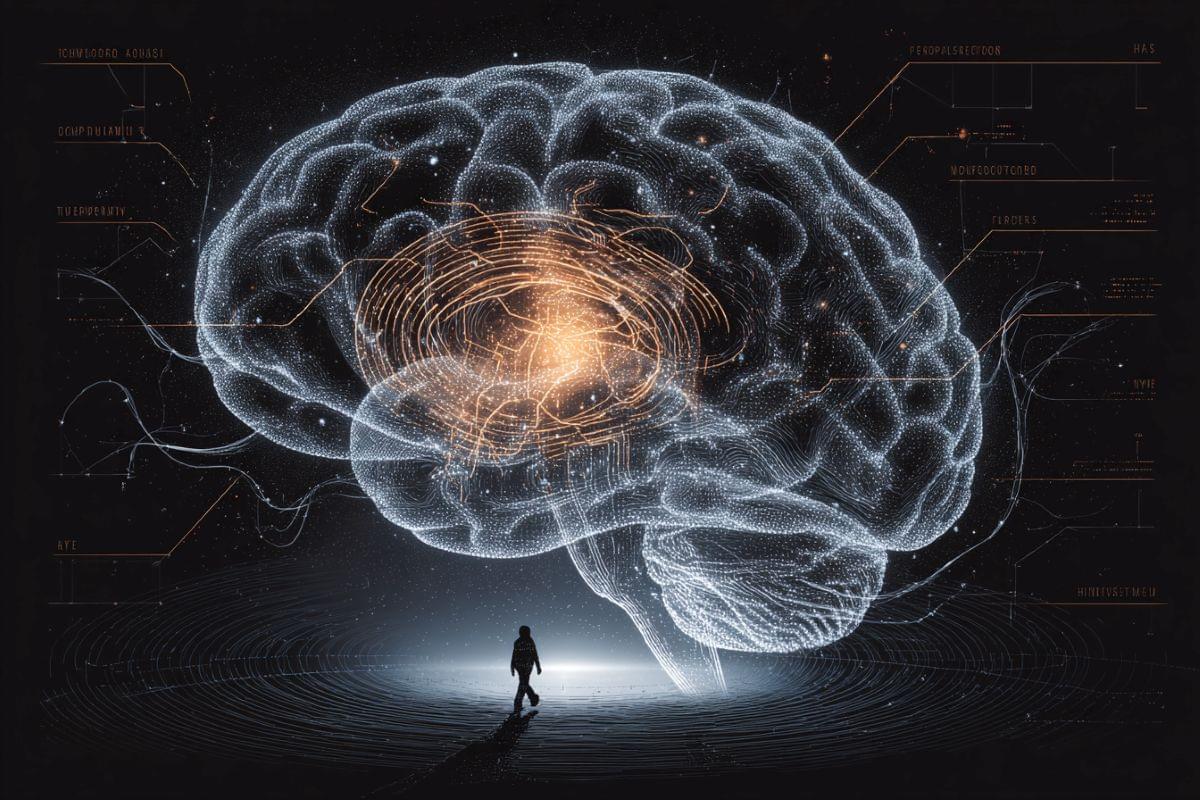While humans and classical computers must perform tensor operations step by step, light can do them all at once.



Graphene is a remarkable “miracle” material, consisting of a single, atom-thin layer of tightly connected carbon atoms that remains both stable and highly conductive. These qualities make it valuable for many technologies, including flexible screens, sensitive detectors, high-performance batteries, and advanced solar cells.
A new study, carried out by the University of Göttingen in collaboration with teams in Braunschweig and Bremen in Germany, as well as Fribourg in Switzerland, shows that graphene may be even more versatile than previously believed.
For the first time, researchers have directly identified “Floquet effects” in graphene. This finding settles a long-running question: Floquet engineering – an approach that uses precise light pulses to adjust a material’s properties – can also be applied to metallic and semi-metallic quantum materials like graphene. The work appears in Nature Physics.
X-ray “molecular movies” reveal how intense lasers tear apart C60 molecules and push us closer to directing chemical reactions with light.




The U.S. Cybersecurity & Infrastructure Security Agency (CISA) is warning government agencies to patch an Oracle Identity Manager tracked as CVE-2025–61757 that has been exploited in attacks, potentially as a zero-day.
CVE-2025–61757 is a pre-authentication RCE vulnerability in Oracle Identity Manager, discovered and disclosed by Searchlight Cyber analysts Adam Kues and Shubham Shahflaw.
The flaw stems from an authentication bypass in Oracle Identity Manager’s REST APIs, where a security filter can be tricked into treating protected endpoints as publicly accessible by appending parameters like?WSDL or ;.wadl to URLpaths.

Nvidia has confirmed that last month’s security updates are causing gaming performance issues on Windows 11 24H2 and Windows 11 25H2 systems.
To address these problems, the American technology company released the GeForce Hotfix Display Driver version 581.94.
“Lower performance may be observed in some games after updating to Windows 11 October 2025 KB5066835 [5561605],” Nvidia said in a support document published earlier this week.

But what if we’re in a “rational bubble” that, unlike other big speculative manias in history, takes our economy to a fundamentally better place?
I’m borrowing the phrase “rational bubble” from conversations with a Nobel laureate in economics, my friend A. Michael Spence. Bubbles seem by definition irrational. They grow as investors — often hostage to exuberant, herd-like behavior — push valuations well beyond anything warranted by the fundamentals on the ground.
However, the A.I. excitement, as seen in the blowout Nvidia earnings on Wednesday, rightly reflects the potential transformation of the entire economy. It is economically rational to risk losing everything on several bets if just a few can deliver a thousandfold return, which some A.I. investments almost certainly will.
